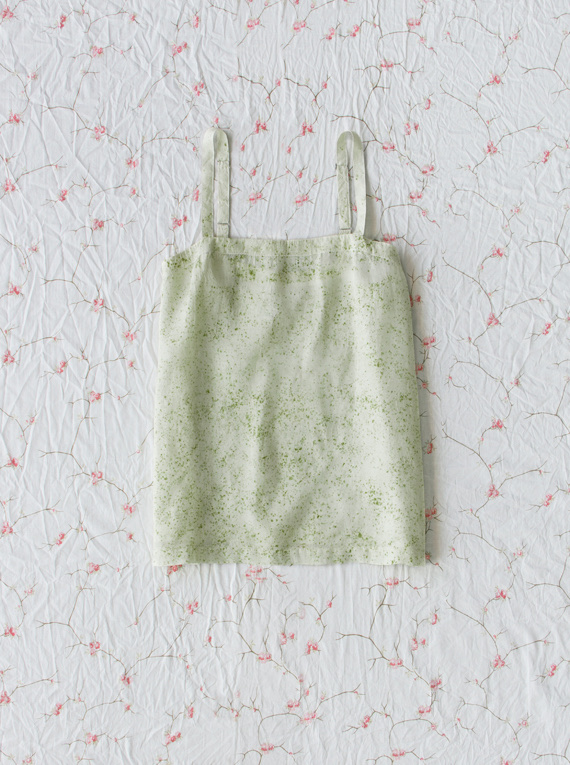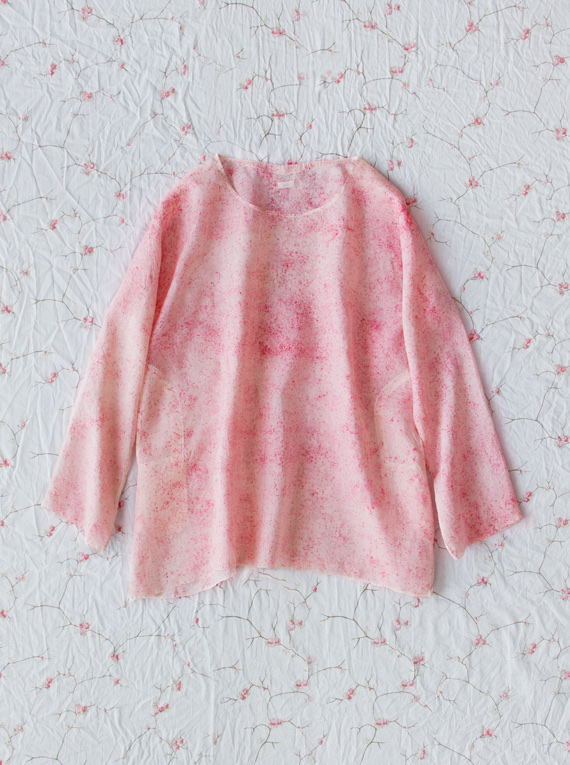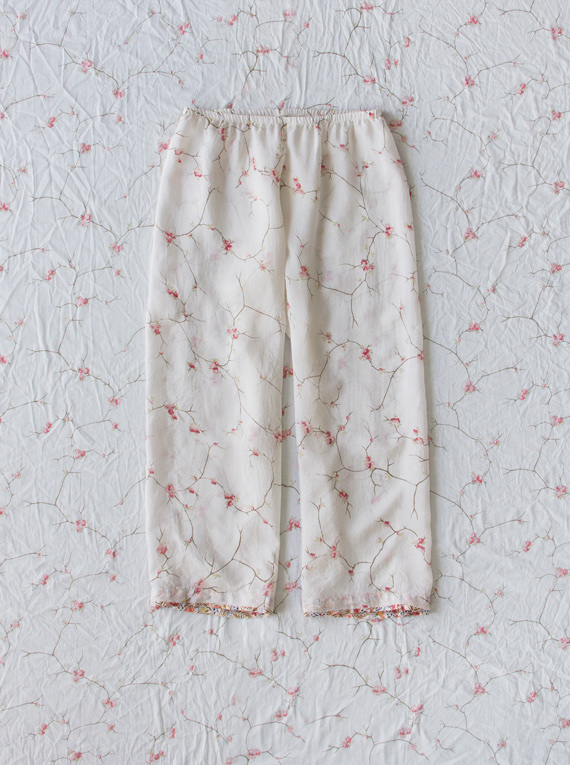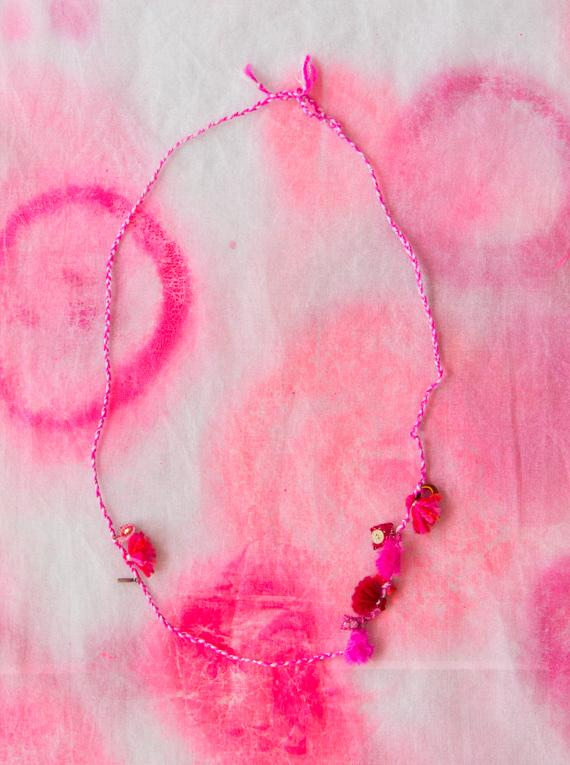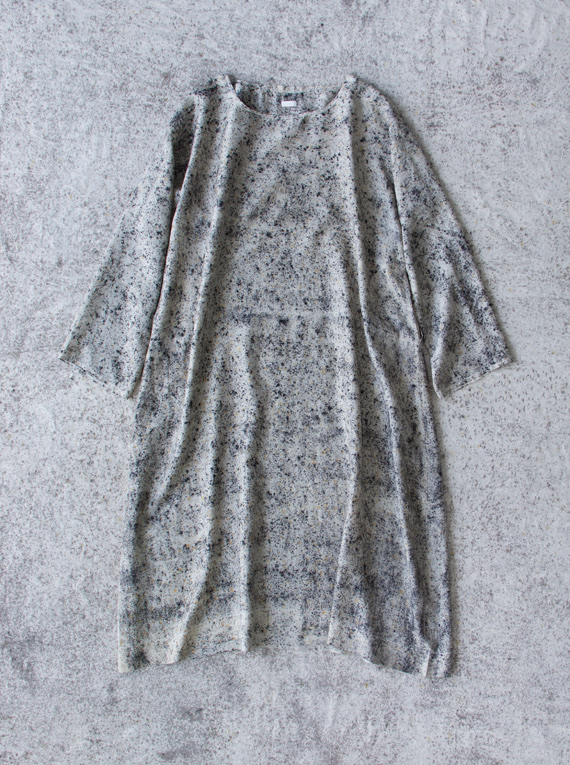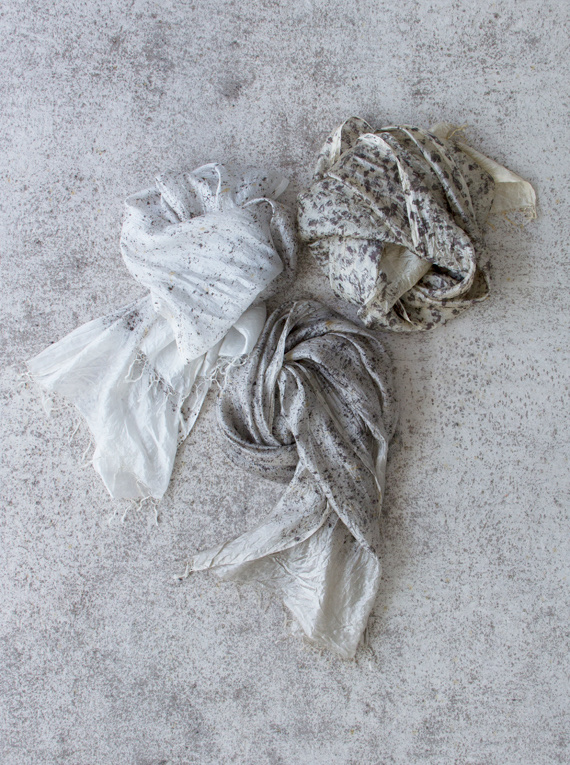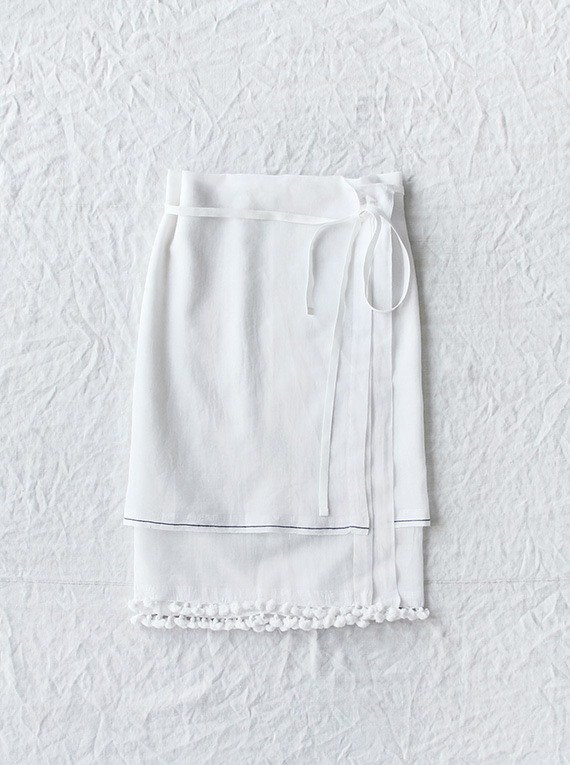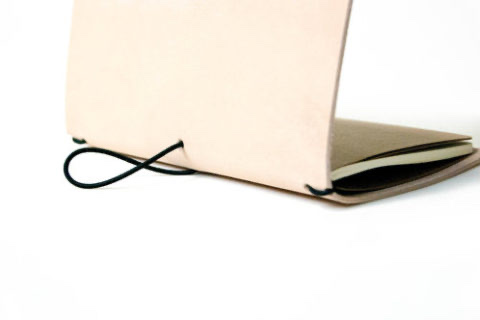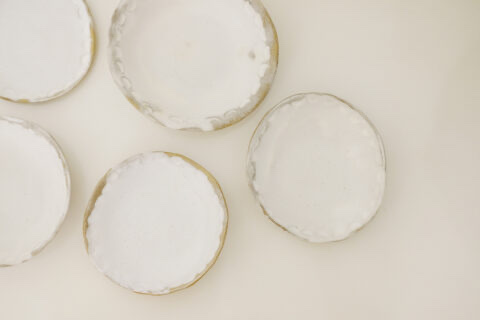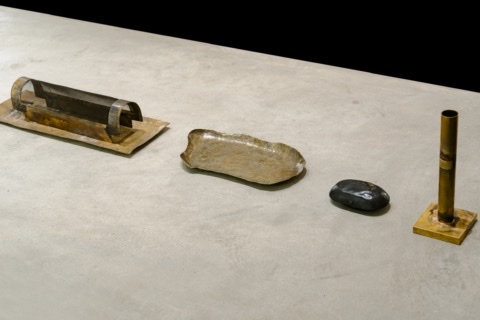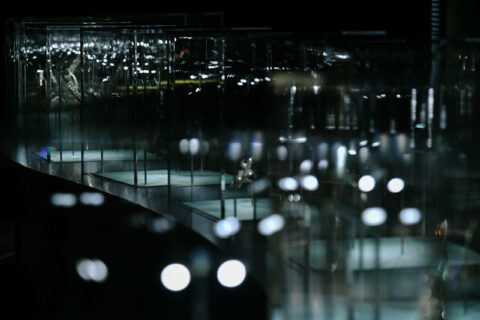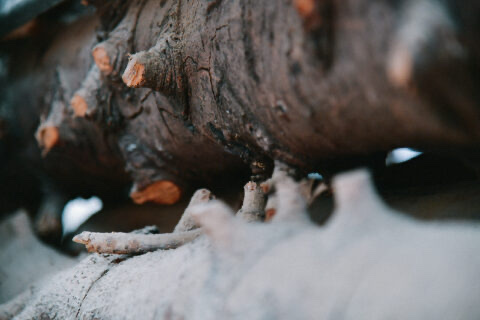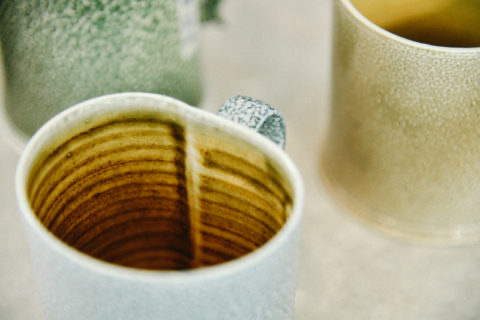
一襲豔麗粉紅,來自在緬甸時看到日落下的粉紅蓮花、和蒲甘尼姑們披戴的粉紅色袈裟;絲綢布上的鵝黃、苔綠、李子紅印花色彩,來自印度寺廟裡用來供奉的鮮花,每天更換一次,凋謝的、被丟棄的便蒐集起來,以人手逐幅布料染色 —— 在品牌Dosa的衣服上,可以看到設計師於世界各地遊歷的痕跡,有時在旅途上看到獨特的布料,便會用來製作當季作品。
「Dosa」這詞意指一種印度薄餅,就像我們的白米飯,可隨意配搭不同菜式,相容度非常高,是一種平易近人的主食,這正是品牌的特色,每個人都能穿出自己的風格,它不喧嘩取巧,是最好的日常基本。
Christina Kim,母親經營多年的品牌Dosa,在她帶領下的Dosa,更像是一道手工菜。讓人一見難忘的漂亮印花衣服做工繁複,需以「天然肥皂」無患子與Shikakai沖刷布料,然後經過三十分鐘媒染以便後來上色,再將一層層花瓣鋪在布料上,然後整齊摺疊成小包模樣,像包裹食物般用幼繩紮好,以蒸氣蒸焗三十到四十分鐘,打開後除掉花瓣,經過沖洗,最後掠乾。花瓣上的形狀與顏色會移印到布料上,因著工匠們的手法、花朵的熟成程度與染製時間不同,都會令後來製作成衣服的布料有了獨一無二的花樣。
衣服在洛杉磯與印度的工作室生產,與協助婦女充分就業的工會組織合作,其中包括孟買一家致力於天然手染的社會企業Adiv,賦予年輕的自學工匠就業機會與創造自由,即使很多人在剛來到的時候沒有任何紮染經驗,但所有人也一同在試驗與錯誤中學習,日復日地就練成嫻熟的技巧。在一次訪問中,Christina說道:「工匠們將布碎拼貼縫製成Appliqué(貼花)設計的雛形,他們會開始裁剪、用鉛筆標識位置。你知道嗎?我最感興趣的一個創作過程,就是記住我們做過的每一個手勢,所以我跟他們說,不要介意那些鉛筆痕,保留它,它是你做那些裁剪的初衷。那些鉛筆痕都有價值的,就像某程度上給了他們多點自信。」讓他們去相信自己的能力,去相信每一步都是通往更好更遠的過程。
可惜Christina前陣子已決定往另一領域發展,Dosa的Traveler 2016 Collection是最後一季,以後只有以純白、米白等淡色系為主調的Standard Issue生產線會繼續營運,這些多彩而像畫作般的衣服就更買少見少了。
The dash of gorgeous pink can be traced back to the sight of lotus flowers in pink against the setting sun in Myanmar, as well as to the pink robes worn by Buddhist nuns in Baga; patterns of colors in light yellow, mossy green and plum red on the silk fabrics come from the fresh flowers used for offerings in Indian temples; since the flowers are replaced with new ones every day, those withered away and discarded have been collected and used for hand-dyeing cloths one by one — clothes under the brand Dosa display traces of the designer’s travels around the world, who sometimes finds unique fabrics to be used for making new pieces for the upcoming season’s collection.
The word “Dosa” refers to a type of Indian naan, and just like our white rice, Dosa, being highly compatible, can go easily with a variety of dishes, making it a staple very humble and down-to-earth. This also rightly captures this brand’s distinct characteristics. Everyone can express their own style through how they dress; this showcases the basics of the best bits in our daily life, without being loud or taking shortcuts.
Christina Kim’s mother had run the brand Dosa for many years before her, and now under her leadership, the brand has become even more like a carefully crafted dish. These beautiful floral clothes, which leave you with a lasting impression at first sight, have been created using complicated production procedures, involving the use of “natural soap” soapberry and shikakai, also known as hair fruit, to scrub and wash the fabrics; they are treated with mordant for thirty minutes to help fix the dye to the fabrics later on; next, the fabrics are covered with layers of petals and folded neatly into a shape resembling a small package; they are subsequently tied up with thin ropes, like you would do with food, and steamed for thirty to forty minutes. After they are untied, the petals are removed, and they are then washed and finally hung dry. The shapes and colors of the petals will have been transferred to the fabrics. The fabrics ready for making clothes each carry a unique pattern depending on how the artisans handled the process, how mature the flowers are, and for how long they are dyed.
Their clothes are manufactured in workshops in Los Angeles and India in collaboration with labor unions that help employ women, including Adiv, a social enterprise devoted to natural hand-dyeing in Mumbai. They offer job opportunities and creative freedom to artisans who learn the craft on their own. Even though many do not have any experience in tie-dyeing, they learn from their mistakes and experience, and in time, they have honed their skills to perfection. Christina once said in an interview, “Artisans stitch scraps together to create a base for appliqué designs. And then they would just cut, just draw with pencil. You know, the layer of work that I’m interested in keeping is the memory of every gesture that we make, so I tell them, don’t worry about pencil marking — keep the pencil mark, because that shows how you intend to cut it. Their pencil mark even has a value, I think it gives them a lot of, sort of, self-confidence.” Let them believe in their ability and that every step is part of the process leading to something better and somewhere further.
It is a pity that earlier Christina has decided to move on, seeking further development in another field, and Dosa’s Traveler 2016 Collection has become its final season. Thereafter, only the production line Standard Issue, which focuses on lighter hues such as pure white and beige, remain in operation. There will be fewer and fewer such canvas-like clothing items with vibrant colors.
